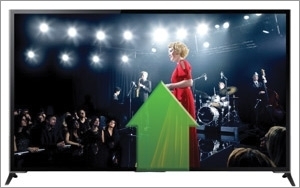 U.S. advertising will see a slight improvement in 2015 from 2014 -- but not by much. The Internet will continue to climb, while TV will have it tough.
U.S. advertising will see a slight improvement in 2015 from 2014 -- but not by much. The Internet will continue to climb, while TV will have it tough.
Brian Wieser,
senior research analyst for Pivotal Research Group, expects growth of 2.2% this year and 2.5% the next. “Unfortunately for the industry, the year is turning out to be a relatively weak one
versus last year,” he writes.
He anticipated “some modest deceleration in the fourth quarter to — 1.5% year-over-year growth.” Wieser says what was unexpected
“was the degree to which TV-focused 'traditional' marketers would reduce spending at the same time as digital-focused Web endemics accelerated spending.”
TV is now expected to see
only a 1.4% gain in 2014 — with 1.9% growth for national cable and 0.4% decline or broadcast networks. Wieser expects a 1.7% decline in the fourth quarter of 2014.
advertisement
advertisement
Looking at 2015,
Wieser previously forecast 4.1% growth for national TV, but he now expects growth of only 1.4% — with cable up 3.3% and network down 1.7%.
TV audience declines are not helping the
situation. Wieser is concerned that inventory guarantees paid to advertisers will go unmet.
Still, Internet-related advertising will outperform in 2014 — at a 15.4% growth rate. For
2015, Wieser forecasts 13.2% growth versus 10.3% previously.
Internet-related advertising will gain around $6.6 billion in revenue this year, exceeding a $4 billion gain for 2014 over
2013.
Other media will have it tough going for 2014: newspapers look to decline by 9% this year, directories down by 21%; magazines falling 7%; and radio, off 3%. By contrast, outdoor will
grow by 3% for the year.